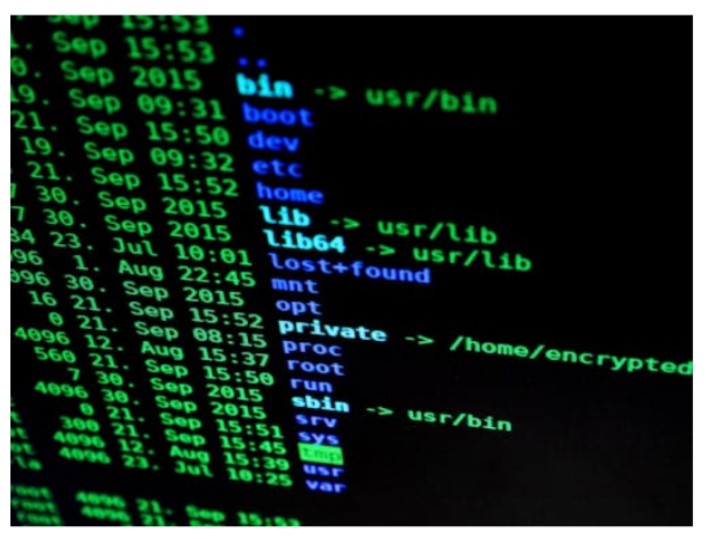5 Essential Cybersecurity Procedures Every Business Should Implement
The importance of cybersecurity has increased in the current digital era. Because cyberattacks are growing more frequent, companies need to put strong security measures in place to safeguard their sensitive information and prevent security breaches.
If you’re a company owner or an aspiring one with zero idea about cybersecurity, this article is for you. Continue reading to learn the five cybersecurity practices you should follow to protect yourself and your company from online attacks.

1. Regular Security Training For Employees
One of the cybersecurity procedures in any firm is providing employees with regular security training. Employees are frequently the target of cyberattacks, so it is critical to give them the knowledge and ability to identify and neutralize these threats.
Training programs on security awareness should cover a wide range of topics. These include virus attacks, social engineering techniques, and phishing emails, among other cyber threats. Workers should know how to spot shady emails and texts, avoid downloading attachments or clicking links from unidentified sources, and report security incidents as soon as they happen.
Strong password management techniques, like making complicated passwords, avoiding using the same password for several accounts, and changing passwords regularly, should also be emphasized in training. Businesses can reduce data breaches and cyberattack risks by encouraging security awareness and vigilance among their workforce.
2. Implement Strong Password Policy
A firm password policy protects confidential information and keeps outsiders from your company’s systems and accounts. Strong password policies should have instructions for creating complicated, one-of-a-kind passwords that are hard for hackers to figure out or brute force. Encourage staff members to establish strong passwords using capital and lowercase letters, digits, and special characters.
Also, remember that password expiration policies should be implemented to guarantee that passwords are changed regularly and aren’t used for multiple accounts. This procedure lessens the possibility that sensitive data will be accessed using credentials that have been compromised. Besides, staff members must receive training on keeping passwords private and avoiding frequent mistakes.
MFA, or multi-factor authentication, is another crucial element of a strong password policy. Even in the unlikely event that passwords are compromised, MFA offers an extra layer of protection by asking users for different forms of identity, including a PIN or a one-time code sent to their phone number or email. This considerably lowers the chance of unknown access.

3. Regular Software Updates and Patch Management
Patch management and routine software updates are essential to a strong cybersecurity plan for companies. Software providers often release new updates and patches to fix security holes and vulnerabilities in the products that are found. Systems may be vulnerable to cyberattacks if these upgrades are not applied promptly.
There are several crucial phases involved in establishing a disciplined patch management approach. To guarantee thorough coverage, companies should keep an inventory of all the systems and software in their environment. They should then watch vendor alerts and security advisories to be updated on the latest fixes and updates.
Further, businesses should apply fixes according to priority whenever they become available, considering the potential impact on the organization and the severity of the vulnerabilities they address. Critical fixes that address known vulnerabilities that cyber attackers actively exploit should be applied immediately to reduce the likelihood of a security breach.
4. Network Security Measures
Network security is paramount for safeguarding sensitive information from unauthorized access, interception, or manipulation. To fortify network defenses, businesses must employ a multi-layered approach that combines various security measures.
First, firewalls are a barrier between a company’s internal network and external threats, filtering incoming and outgoing traffic based on predefined security rules. They help prevent unauthorized access to network resources and can detect and block suspicious activity.
Secondly, intrusion detection systems (IDS) monitor network traffic for signs of potential security breaches or malicious activities. IDS analyzes network packets and log files to identify suspicious patterns or anomalies, alerting administrators to take action before a security incident escalates.
Intrusion prevention systems (IPS) also build upon IDS capabilities by detecting and actively blocking malicious traffic or attacks in real time. IPS can automatically respond to identified threats by dropping or blocking malicious packets, thus reducing the risk of successful cyber attacks.
Also, encryption is vital in protecting data as it travels across networks. Encryption protocols ensure that sensitive information remains confidential and secure from eavesdropping or interception by unauthorized parties.
By collectively implementing these network security measures, businesses can robustly defend against cyber threats and mitigate the risk of data breaches or network compromises.

5. Regular Security Assessments and Incident Response Planning
Incident Response Planning and Regular Security Assessments are critical components of a comprehensive cybersecurity strategy. Security assessments help identify potential weaknesses in your organization’s systems, applications, and network infrastructure.
By conducting these assessments regularly, you can proactively address vulnerabilities before cybercriminals exploit them, reducing the risk of a successful cyber attack.
Developing a robust incident response plan is also essential for effectively mitigating the impact of security incidents or breaches. This plan should outline the steps to take in a security incident, including procedures for containing the incident, assessing the damage, notifying stakeholders, and restoring normal operations. Assign certain roles to team members and ensure they are trained on their respective tasks.
Regular tabletop exercises and simulations can help test your incident response plan’s effectiveness and identify any areas for improvement. By practicing your response to various cyber attack scenarios, you can better prepare your team to respond quickly and decisively in a real-world situation.
Conclusion
Implementing these essential cybersecurity procedures—employee training, strong password policies, software updates, network security measures, and incident response planning—is paramount for safeguarding business assets.
Organizations prioritizing cybersecurity can mitigate risks and maintain trust with customers in today’s digital landscape.






